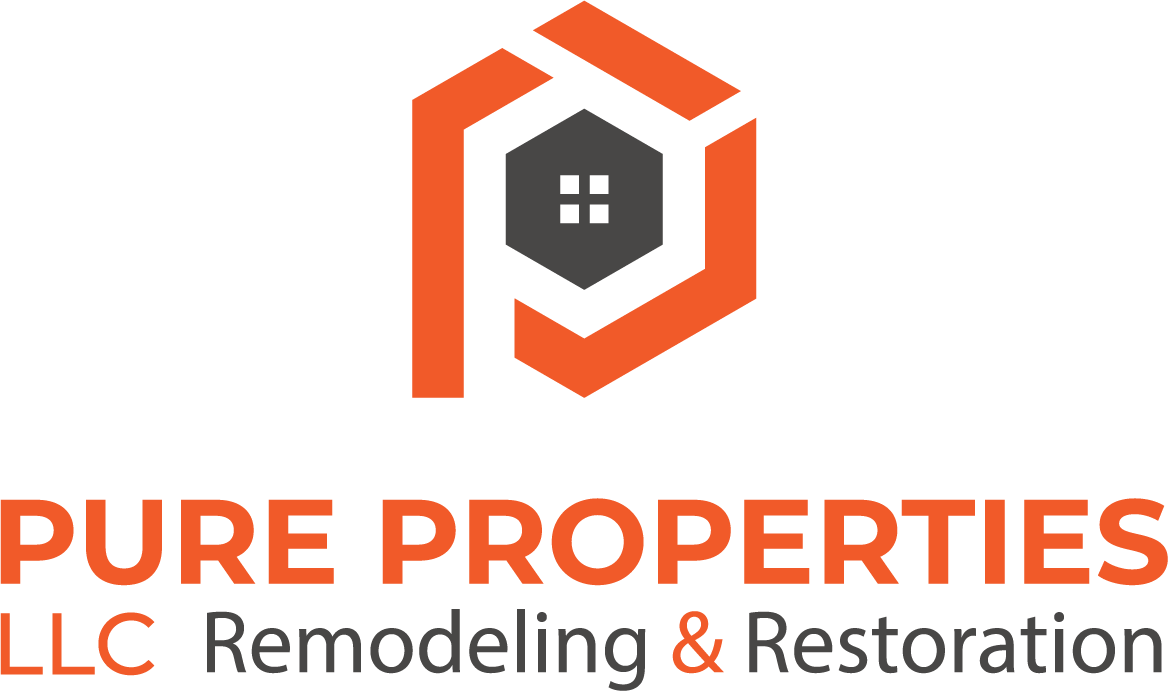Water and fire restoration are two different processes that involve different steps and techniques. Here are some terms that are commonly used in the water and fire restoration industry:
Water damage: Damage caused by water that can affect the structural integrity of a building, its contents and the health of the inhabitants.
Flooding: The overflow of water from a natural or man-made body of water that causes damage.
Fire damage: Damage caused by fire that can affect the structural integrity of a building, its contents and the health of the inhabitants.
Smoke damage: Damage caused by smoke that can affect the structural integrity of a building, its contents and the health of the inhabitants.
Demolition: The process of removing and disposing of damaged materials, such as drywall, flooring, and insulation, before rebuilding and restoring the property.
Drying: The process of removing water from the affected areas using specialized equipment such as dehumidifiers, air movers and heaters.
Deodorization: The process of neutralizing or removing unpleasant odors caused by water or fire damage.
Sanitization: The process of cleaning and disinfecting surfaces that have been affected by water or fire damage to prevent the growth of bacteria, mold and other harmful microorganisms.
Reconstruction: The process of rebuilding and restoring the property to its pre-loss condition.
Insurance claim: A request for payment of benefits under the terms of an insurance policy.
By understanding these terms, you will be better equipped to understand the steps and procedures involved in the water and fire restoration process. It's important to work with professionals that are trained and certified in these processes to ensure that your property is properly restored and safe to occupy.
